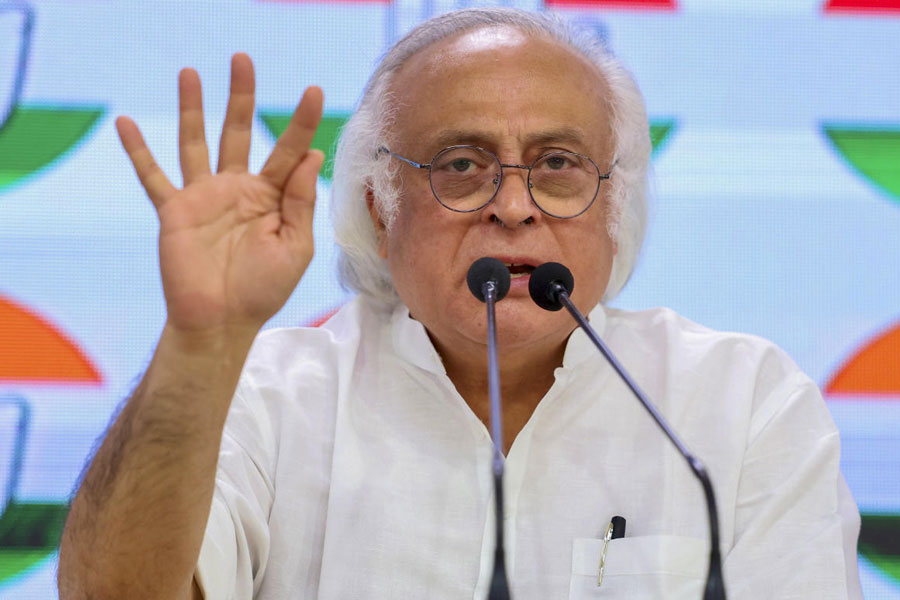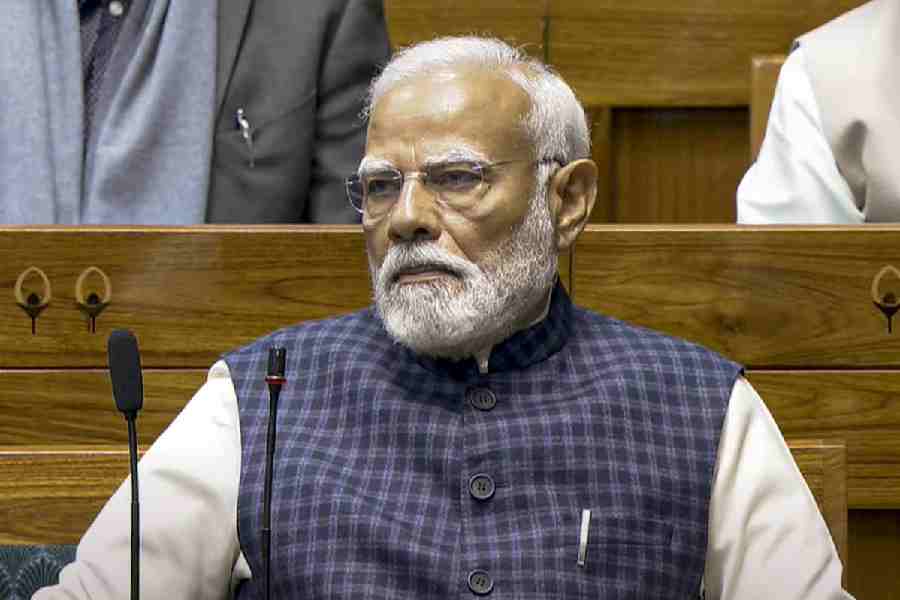 |
The most-heard complaint about big business these days, one seemingly tailored for the 99 percent, is how much money corporate CEOs routinely pull down. Many ordinary Americans probably cheered when stockholders — that is, the people who actually own public companies — finally began to say, “Enough.”
Yeah, well.
Despite a lot of noise from shareholders and a few victories at big names like Citigroup and Hewlett-Packard, executive pay just keeps climbing.
Yes, some corporate boards seem to be listening to shareholders, particularly on contentious issues like the seven-figure cash bonuses that helped define hyperwealth during the boom. Since the bust, corporate America on the whole has moved to tie executive pay more closely to long-term performance by skewing executive paychecks more toward restricted stock, which can’t be sold for years.
But rewards at the top are still rich — and getting richer. Now that 2011 proxy statements have been filed, the extent of executive pay last year has finally become clear. Median pay of the nation’s 200 top-paid CEOs was $14.5 million, according to a study conducted for The New York Times by Equilar, a compensation data firm based in Redwood City, Calif. The median pay raise among those CEOs was 5 per cent.
That 5 per cent raise is smaller than last year’s. But it comes at a time of stubbornly high unemployment and declining wealth for many ordinary Americans. Even corporate pay experts say that this is hardly the kind of change that will quell anger over the nation's have-a-lots by the have-lesses, particularly in an election year.
“The bigger issues are there, still to be worked on, and those are the more difficult ones,” says Eleanor Bloxham, the chief executive of the Value Alliance, that consults on corporate pay. Corporations are changing pay practices, Bloxham says, but not enough: “There is too much hype and too little substance.”
The latest list of the most richly rewarded executives expands on a preliminary survey Equilar put together for The Times in April, before many companies had submitted final regulatory filings for 2011. While the earlier study showed the median pay package rising 2 per cent from 2010 to 2011, the final figures put the increase at 5 per cent.
The list has many familiar names, like Lawrence J. Ellison of Oracle ($77.6 million) and Leslie Moonves of CBS ($68.4 million). But a number of executives from smaller companies also landed near the top. Discovery Communications had about a 10th the revenue of Oracle last year but gave its CEO, David M. Zaslav, $52.4 million, the sixth-largest pay package in corporate America, according to Equilar.
Because the list includes only the CEOs of public companies, it does not capture the many billions that have been earned by top hedge fund managers and private-equity dealmakers in recent years. But even in the more narrow universe of public companies, the complete Equilar study shows that there was not one, but two executives who had nine-figure paydays last year, according to Aaron Boyd, Equilar’s head of research.
David E. Simon, the top executive at the Simon Property Group, was the second-highest paid CEO last year, with $137 million. He joined the exclusive nine-figure niche occupied by Timothy D. Cook, who succeeded Steve Jobs at Apple. Cook received a package valued at $378 million.
In Simon’s case, this was a stock package that will be distributed over eight years that was worth $132 million when granted last year. Like Cook's bonus, it has already gained substantially in value.
While Apple shareholders overwhelmingly approved Cook’s compensation, Simon Property investors lopsidedly rejected Simon’s pay package at the annual meeting in May, with 73.3 per cent voting against it, according to Institutional Shareholder Services. But such votes aren’t binding.
The fact that there were votes at both companies shows the new power that investors have seized. Despite opposition from corporate America, the Dodd-Frank legislation mandated that public companies give shareholders a vote on compensation strategy at least once every six years. Last year brought the first onslaught of such say-on-pay votes, and this year 1,714 companies have already held them, says the consulting firm Semler Brossy. Among those, 45 companies’ pay strategies have been rejected by shareholders, up from 29 last year at this time.
The votes have had immediate impact, pushing many corporate boards to explain to investors how they reached pay decisions and influencing some companies to rein in golden parachutes like the ones Hewlett-Packard gave its last two chiefs.
Ira T. Kay, a managing partner at the consulting firm Pay Governance, said companies had set “hard goals” for executives that explained why they “are so motivated to run these companies very well.” He gives these pay packages some credit for the performance of American corporations. “Maybe it has caused some issues between the 1 per cent and the 99 per cent,” he said.
Still, the votes against the pay packages at companies like Simon Property also underline some of the hollowness of the shareholder initiatives. Investors get a vote on pay only after the numbers have been set by corporate boards. And, because the votes are nonbinding, they carry only the sting of possible embarrassment.










